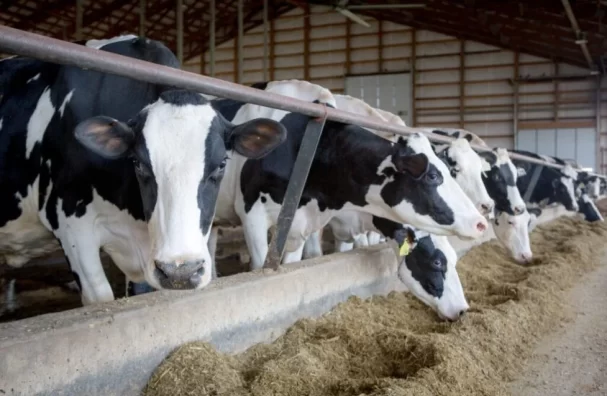
The Bird Flu, also known as Avian Influenza, has been a significant concern for the global agricultural industry. This highly infectious and potentially fatal disease primarily affects birds, but its potential to spread to other species cannot be overlooked.
Bird Flu is caused by Influenza Type A viruses. These viruses are highly adaptable and can mutate to infect different species, including humans.
Though cows are not the typical host for this virus, the possibility of transmission cannot be ruled out. If a cow were to consume contaminated feed or come into contact with infected birds, the risk of transmission escalitates.
Several countries, including China and the Netherlands, have reported cases of bird flu in their cattle population. This has prompted serious concern about the virus’s ability to cross species barriers.
Several measures can be taken to prevent the spread of the virus to cows. These include:
- Regular health checks for the cattle
- Quarantine of infected animals
- Disposal of dead birds and contaminated feed
The potential spread of bird flu to cows poses a significant threat to the dairy industry. The resultant slaughter of infected animals would lead to a drastic reduction in milk production.
Governments worldwide are implementing stringent measures to prevent the spread of bird flu to cows. This includes monitoring of farms, restriction on the movement of livestock, and vaccination campaigns.
Veterinarians play a crucial role in the early detection and control of bird flu in cows. They are trained to recognize the symptoms and administer appropriate treatment.
The public response to the threat of bird flu in cows has been varied. While some people are concerned about the potential impact on food safety, others believe that the risk is minimal and can be managed effectively.
The potential for bird flu to spread to cows continues to be a concern. However, with increased vigilance and effective control measures, the risk can be minimized.
